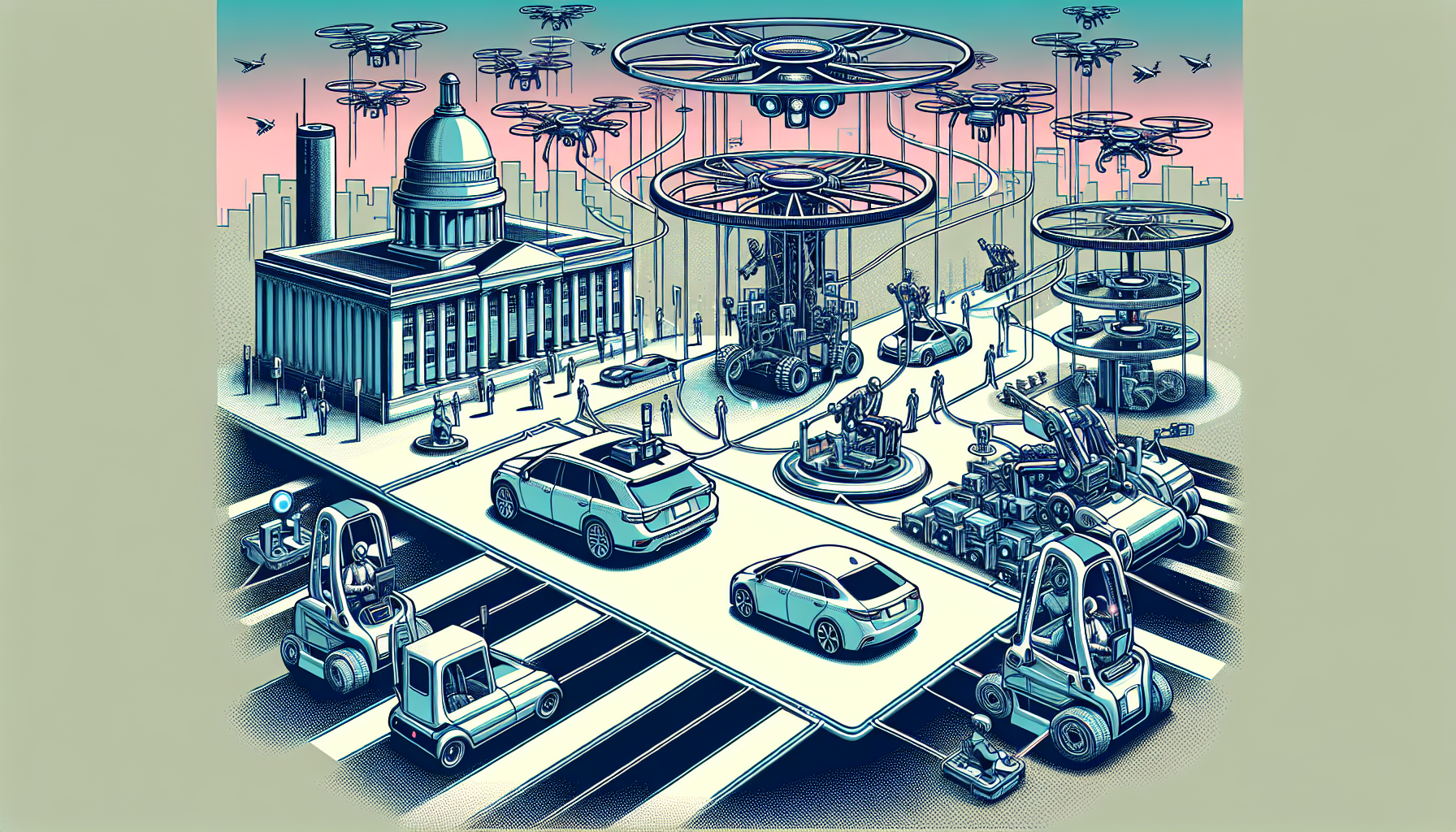In an exciting advance at the forefront of technology, engineers from the Massachusetts Institute of Technology (MIT) have unveiled a revolutionary training method to secure the safe operation of multiagent systems—those intricate networks of interacting drones, robots, and self-driving cars. This new approach, essential for navigating crowded and ever-changing environments, promises to redefine safety standards across various applications.
The Challenge of Multiagent Systems
Multiagent systems involve numerous synchronized, computer-programmed agents working together, presenting unique challenges in safety. Consider drone shows, which have skyrocketed in popularity. These events feature hundreds, if not thousands, of drones, moving in stunning patterns. Yet, mishaps, like those in recent spectacles in Florida and New York, serve as serious reminders. A single malfunction can turn these technological marvels into hazards for onlookers and other system elements.
The MIT Solution: GCBF+
Enter the MIT team, under the leadership of Associate Professor Chuchu Fan from the Department of Aeronautics and Astronautics. They have crafted a game-changing method known as Graph Control Barrier Function (GCBF+). This innovation shifts the focus from predetermined paths for each agent to dynamic safety margins that change in real-time. It’s a comprehensive overhaul of how safety is managed in these complex systems.
Dynamic Safety Margins
Traditionally, ensuring safety involved laboriously calculating the possible trajectories of each agent relative to others—a complex and time-heavy process. The GCBF+ method simplifies this task. By training a select few agents to constantly map their safety margins, it dynamically adjusts boundaries, based on interactions and immediate surroundings. This approach not only saves time but increases computational efficiency as well.
Local Approach to Safety
The MIT strategy mirrors how humans navigate crowded spaces, focusing locally rather than globally. Each agent uses its sensing capabilities to understand its immediate environment, allowing it to respond swiftly. This real-time adjustment based on localized information helps prevent collisions, maintaining a buffer within their designated safety zones.
Training and Scaling
A standout feature of the GCBF+ method is its scalability. Training a handful of agents allows learned safety principles to be extended to much larger systems. Imagine the capability of scaling a program tested on just a few drones to manage thousands. Such adaptability ensures these large systems can safely perform complex tasks, maintaining their integrity and mission objectives.
Real-World Demonstrations
This isn’t just a theoretical breakthrough—MIT tested GCBF+ in real settings. They used a fleet of small, agile drones called Crazyflies. These drones successfully executed intricate position swaps midflight and safely landed on moving platforms. The achievement lies in their ability to recalibrate paths in real-time, efficiently avoiding collisions, and securing their safety perimeters. These tests and simulations showed that the training could easily extend to scenarios involving thousands of drones, setting the stage for safe, large-scale operations.
Broader Applications
The implications of the GCBF+ method go far beyond aerial displays. This innovative safety framework can be applied to a range of multiagent systems, including warehouse robots, search-and-rescue drones, and self-driving vehicles. Its ability to adapt to dynamic environments makes it a promising standard for any application demanding coordinated behavior among agents.
Conclusion
MIT’s breakthrough represents a significant leap in the domain of safety for multiagent systems. By introducing a scalable and dynamic method for defining safety margins, GCBF+ addresses the multifaceted challenges inherent in complex, populated environments. This pioneering work holds the potential to enhance safety across diverse fields—from grand aerial exhibitions to crucial operations such as rescue missions and autonomous transport, charting a new course for technological accountability and innovation.

Leave a Reply